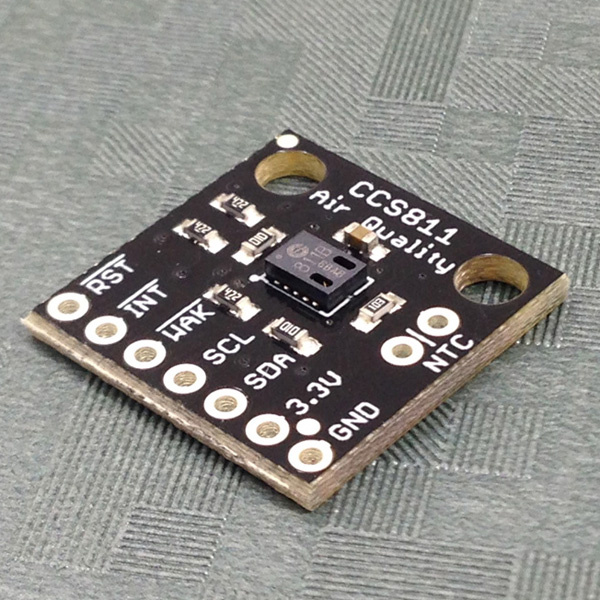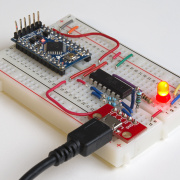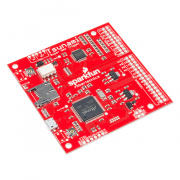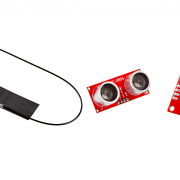Product Next: Indoor Air Quality
The CCS811 gets released
We're pretty excited about the CCS811. It's the first VOC and CO2 sensor to come in a SMD package with a nice I2C interface.
It's been interesting to use the sensor over the past few days. Because of the Industrial revolution we've seen CO2 levels rise to about 400 parts per million (ppm). This sensor is designed to detect CO2 levels from 400 to about 8000ppm.
Sitting on my desk for the past few days I've seen the CO2 and VOC levels within our office change throughout the day. First and foremost is the increase of CO2 vs outside air levels. Our office sits around 700-800ppm CO2 with VOCs that are nearly zero. This makes me feel pretty good but it's really interesting to see how it changes throughout the day as the HVAC system does its thing and as humans come and go.
We're excited to see what uses folks have for the CCS811!









